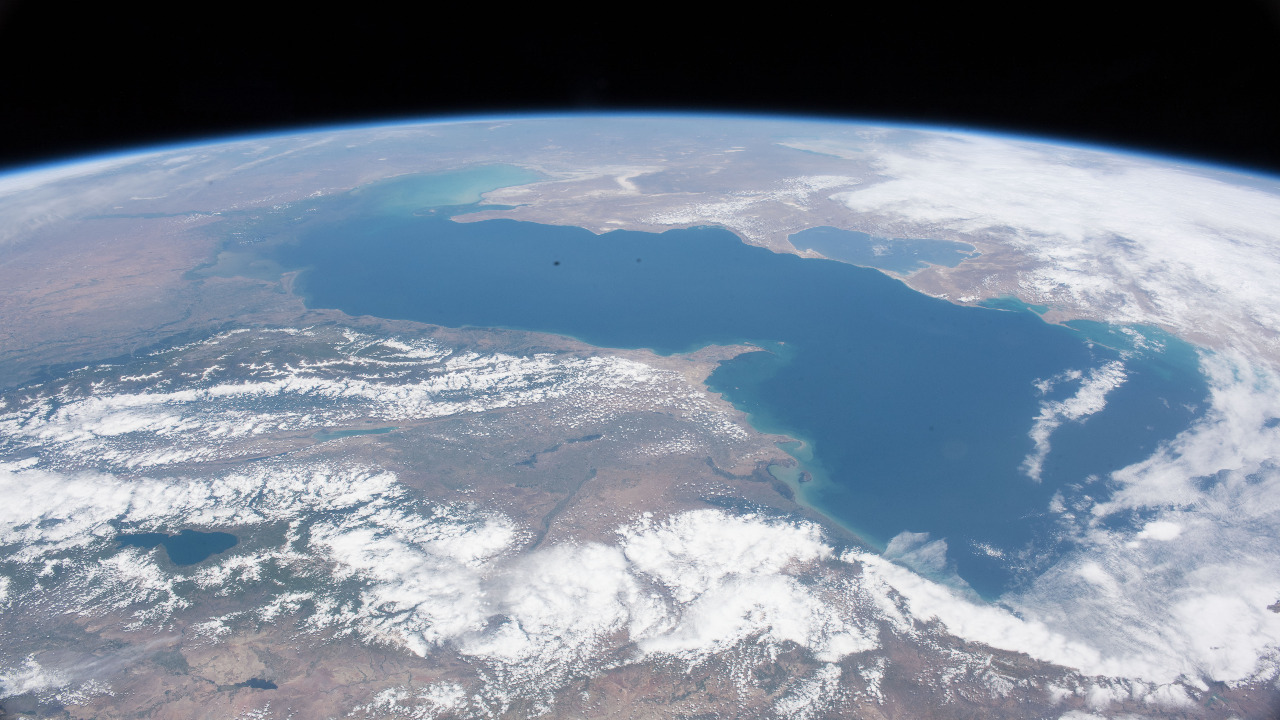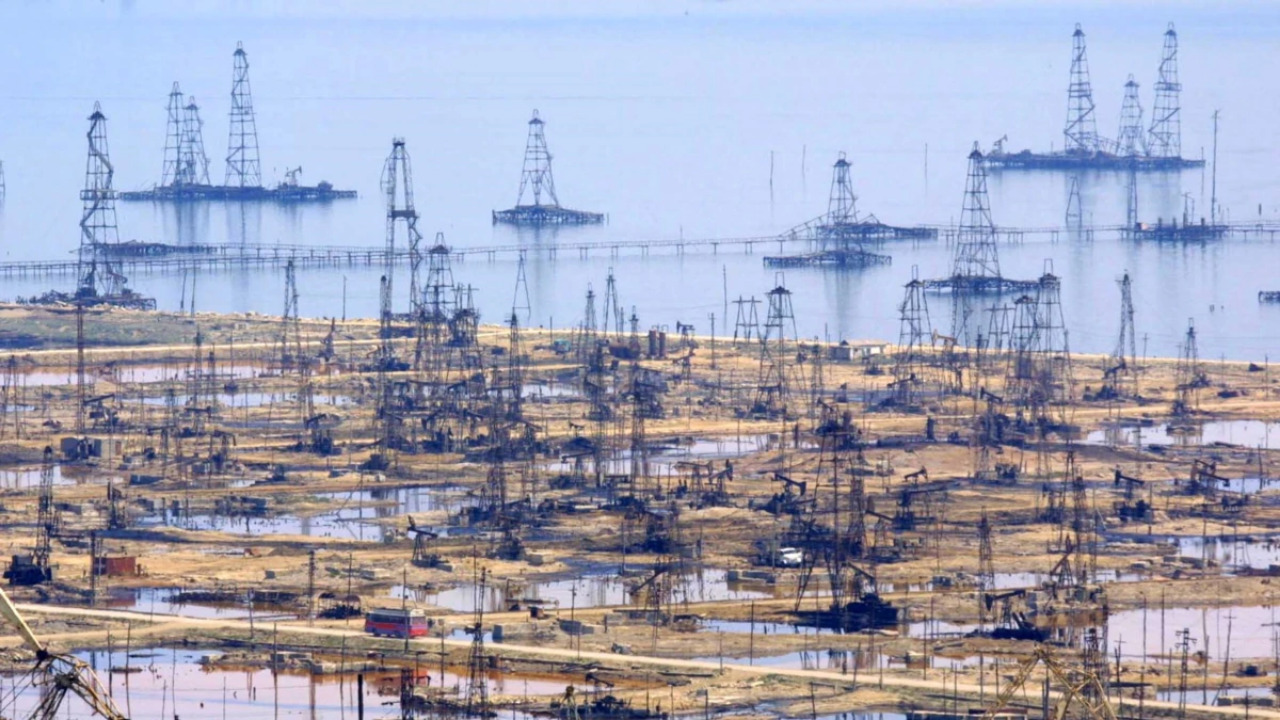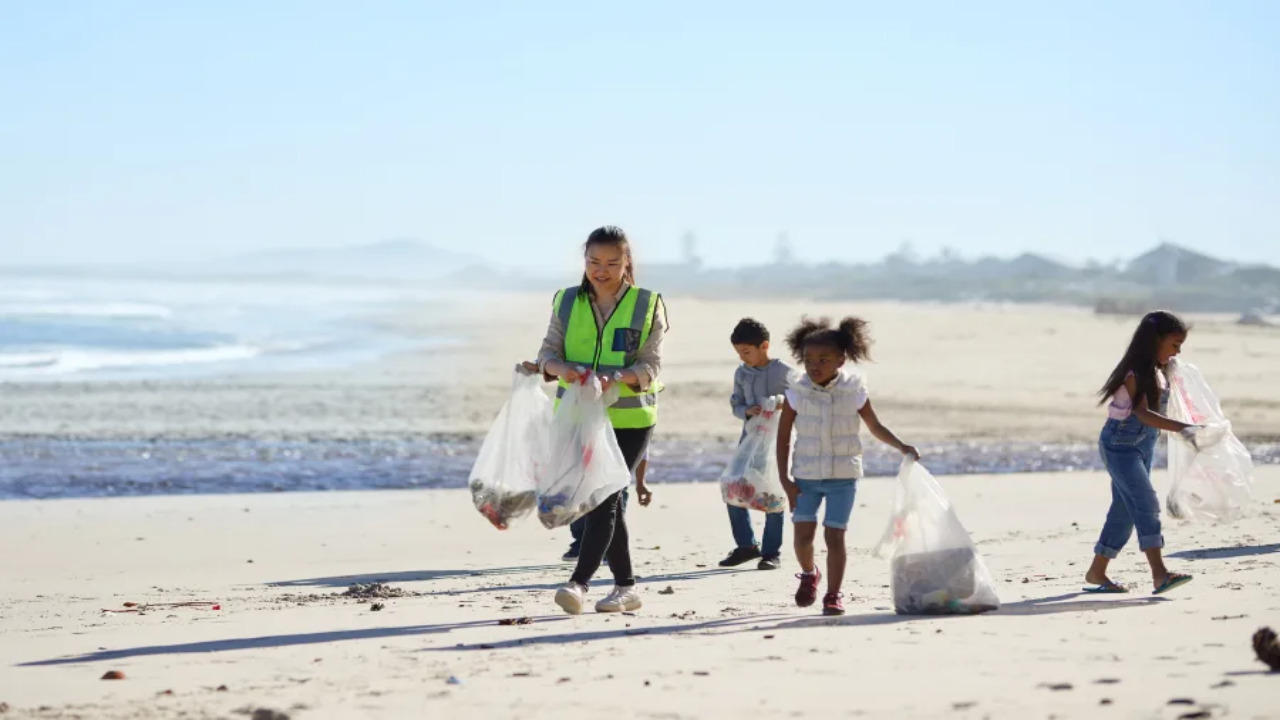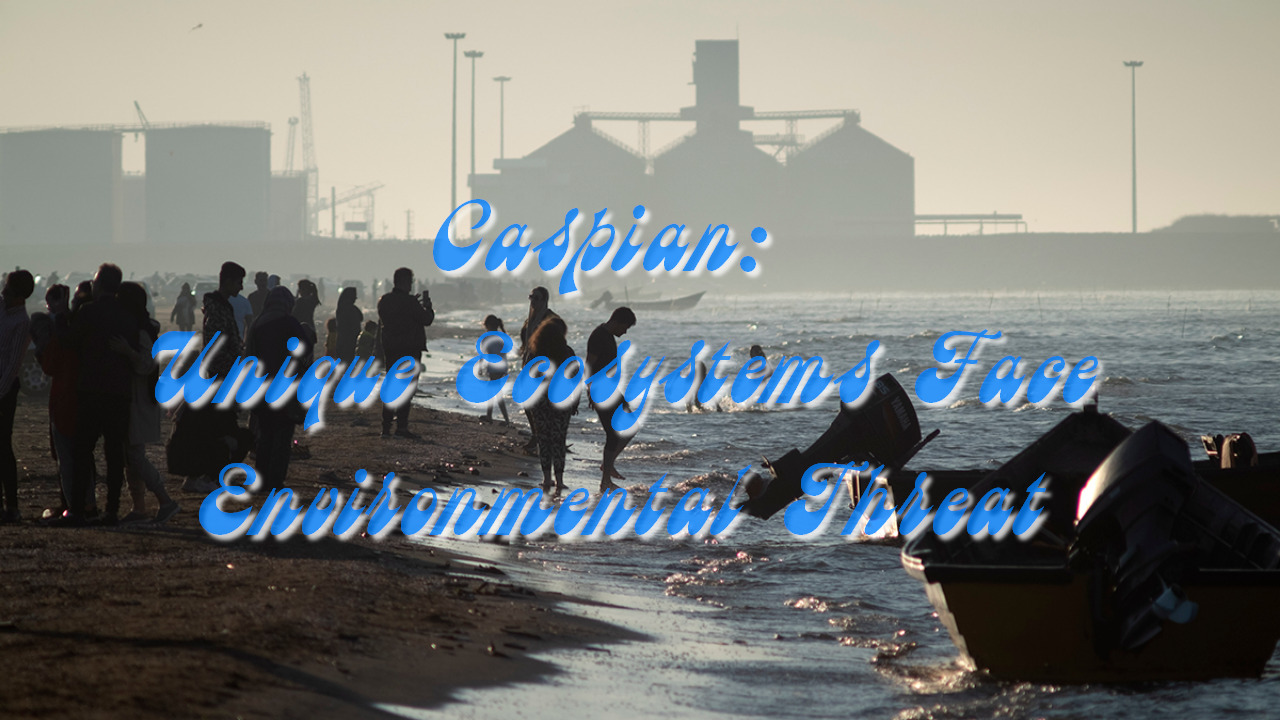The Caspian Sea, often hailed for its vast expanse and remarkable beauty, harbors a delicate ecosystem that has thrived for millennia. This unique body of water, surrounded by five countries and sometimes referred to as a sea due to its size, hosts a diverse array of life. However, this precious ecosystem faces a growing and complex set of environmental threats that jeopardize its integrity.
The Caspian Sea: A Precious Ecosystem

Stretching across more than 370,000 square kilometers, the Caspian Sea boasts a rich tapestry of life both above and beneath its waves. From sturgeon to seals, the biodiversity in this region is truly exceptional. One particularly renowned aspect of the Caspian is its connection to the production of Iranian caviar, a delicacy that has tantalized taste buds around the world for centuries.
Biodiversity and Endangered Species
Within the Caspian’s depths, a staggering diversity of species has found a home. Sturgeon, a prehistoric fish, play a crucial role in the ecosystem and have been the source of highly-prized caviar for generations. However, rampant overfishing has driven several sturgeon species to the brink of extinction. This imbalance threatens not only the sturgeon themselves but also the intricate web of life that relies on their presence.
Environmental Threats to the Caspian

The Caspian Sea is not immune to the modern challenges of pollution, habitat destruction, and climate change. Rising temperatures and altered weather patterns have led to shifts in the sea’s chemistry, impacting the delicate balance of its ecosystems. Additionally, pollution from agricultural runoff, industrial discharge, and urban areas pose substantial risks to the marine life and surrounding habitats.
Human Impact: Unsustainable Practices
While the Caspian’s bounty has supported communities for centuries, unsustainable fishing practices have driven some species to the brink. The allure of IIranian caviar from the Caspian Sea has fueled an illicit trade, further exacerbating the decline of sturgeon populations. Unregulated fishing and lax enforcement of conservation measures have worsened the situation, raising concerns about the future of this remarkable ecosystem.
Conservation Efforts and International Cooperation

Recognizing the urgency of the situation, efforts are being made to protect and restore the Caspian’s delicate balance. Collaborative initiatives involving the Caspian littoral states aim to establish and enforce sustainable fishing quotas, combat pollution, and mitigate the impacts of climate change. The global community’s recognition of the Caspian’s ecological importance has led to increased international cooperation in addressing these challenges.
Conclusion
The Caspian Sea’s unique ecosystems stand at a critical juncture, facing environmental threats that demand swift and decisive action. The allure of Iranian caviar from the Caspian Sea should serve as a reminder of the interconnectedness of human activities and natural systems. By working together to enact meaningful change, we can ensure that this remarkable region continues to thrive for generations to come.

Comments are closed.